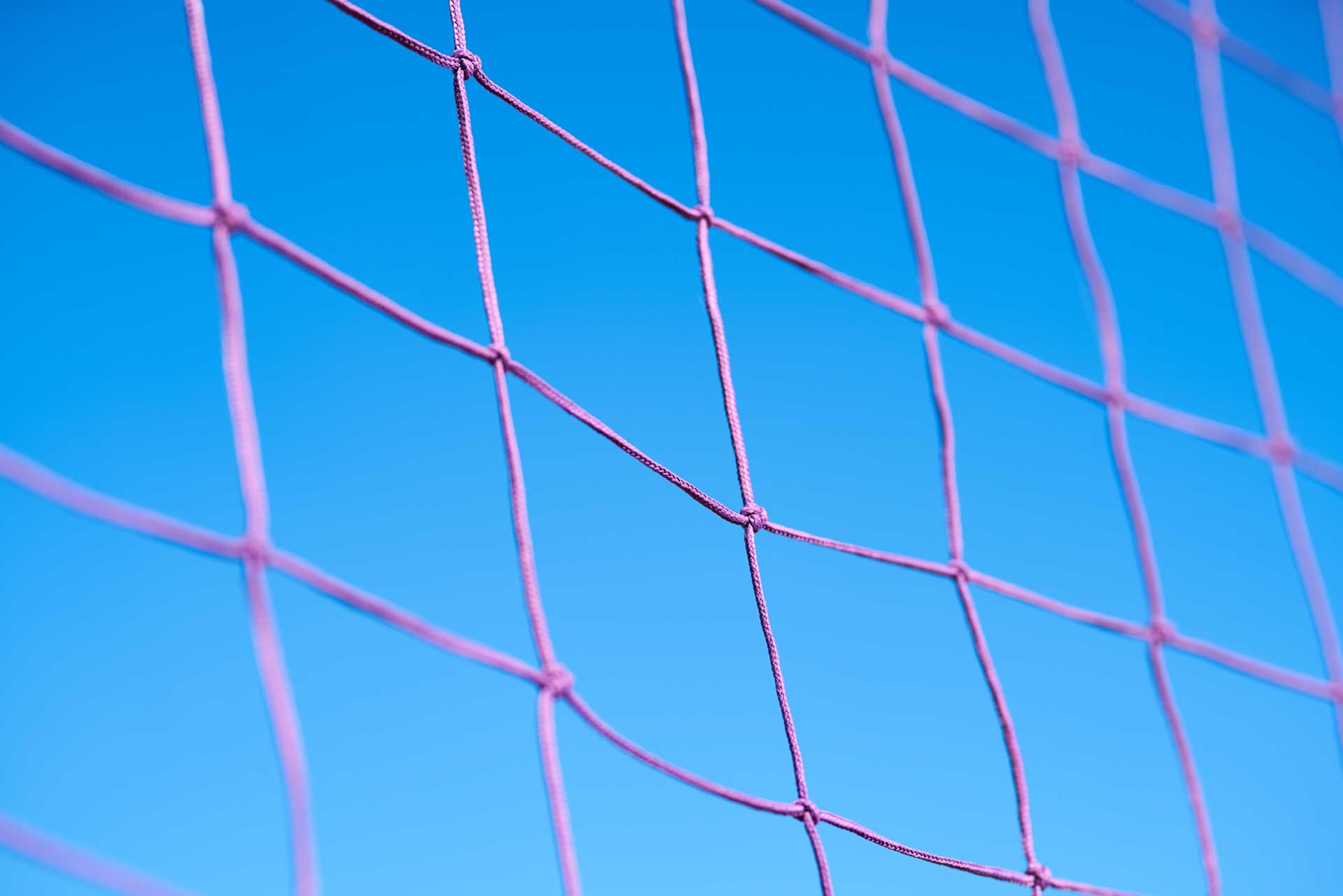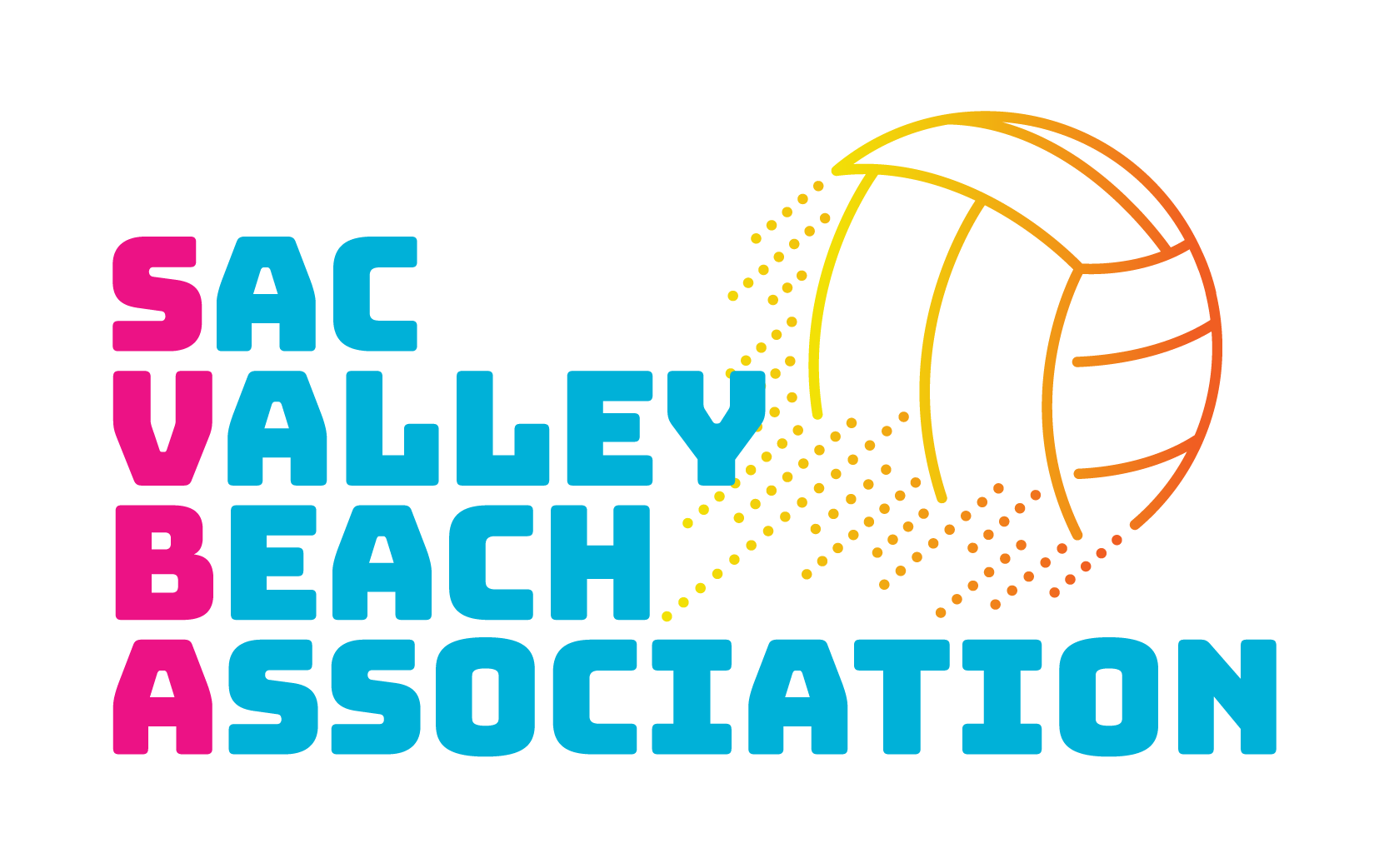
Game Play Rules
Serve Receive Rules
1A. A 2-handed receive of serve must be taken with locked hands. Palms of hands must be touching, not just touching fingers. Any receive with apart or unlocked hands is considered a double contact.
1B. Any use of fingers or ‘wrist flicks’ to re-directed the ball may not be used and is considered a lift.
1C. Players do not stop play if you see a ‘double’ or ‘lift’, the ref is to make the call and their decision/juadgment is final. Illegal contacts result in point for opposing team.
Defensive Rules
2A. Any first ball over, other than the serve, can legally be taken with open or unlocked hands, but that contact is considered a set ball. A set ball is a ball which comes out with little or no spin where the hands stay even for the duration of the contact. If the ball has excessive spin or the hands are unbalanced, it is considered a double contact. Also if the ball comes to rest in the player’s hands it is considered a lift.
2B. Players do not stop play if you see a ‘double’ or ‘lift’, the ref is to make the call and their decision/judgment is final. Illegal contacts result in point for opposing team.
Setting Rules
3A. A set ball is a ball which comes out with little or no spin where the hands stay even for the duration of the contact. If the ball has excessive spin or the hands are unbalanced, it is considered a double contact. Also if the ball comes to rest in the player’s hands it is considered a lift.
3B. Players do not stop play if you see a ‘double’ or ‘lift’, the ref is to make the call and their decision/judgment is final. Illegal contacts result in point for opposing team.
Attacking Rules
4A. An attack is any ball which is hit from one side to the other for the purpose of scoring a point. An attack can come on the first, second or third contact.
4B. An attacked ball cannot be thrown with an open hand. Any ball that is re-directed over the net with an open hand that is not a full swing is considered a lift.
4C. A ball can be set over the net as an attack, but that set is considered a ‘set’ and is called according to the rules of a set. In addition an ‘attack set’ must travel in line with the attackers shoulders, directly forward or directly backward, or it is not a clean contact.
4D. Players do not stop play if you see a mishandled attack, the ref is to make the call and their decision/judgment is final. Illegal contacts result in point for opposing team.
Blocking Rules
5A. A block is a contact that occurs when a defensive player is above the net, near the net attempting to stop the opponent’s attack before it comes over.
5B. A block counts as a ‘neutral’ team contact, which means it is one of the 3 contacts allowed per side, but either player on that side is allowed to make the second contact.
5C. A block of a slow attack can not be re-directed. You’re hands can only move in one direction. If your open hands start at the top of the ball, you can not swipe the ball to the side, it must be pushed straight down. You can push the ball left or right, but both of your hands have to start on the opposite side of the ball and use a straight motion to move the ball. If using one open handwhile blocking a slow attack, it is called as an ‘attack’ and is subject to the attacking rules.
5D. Players do not stop play if you see an illegal block, the ref is to make the call and their decision/judgment is final. Illegal contacts result in point for opposing team.
Serving Rules
6A. It is illegal for the server to make contact with the endline or the court inside the endline before they have contacted the serve and that violation is considered a foot fault.
6B. Players do not stop play if you see a foot fault, the ref is to make the call and their decision/judgment is final. Foot faults result in point for opposing team.
Net Rules
7A. There is no touching of the net while the ball is in play. Even if the play is over you must finish your move/land in control without touching the net or it is a net violation.
7B. Players do not stop play if you see a net violation, the ref is to make the call and their decision/judgment is final. Net violations result in point for opposing team.
Communication Rules
8A. DURING PLAY No coach, parent or spectator can affect the match while it is in process.
The two teams playing and the reffing team are the only ones who are allowed to affect the match. Outsiders may cheer, comment on or congratulate for a past play, but no communication of any kind that relates to future events. ‘Nice hit’ is allowed, but ‘Nice hit, keep hitting there’ or ‘Keep it up’ are illegal since they mention a future event or strategy. No hand signals, movements or any communication relating to the future are allowed at anytime while the play is in process. Any communication to or about the players can result in points being awarded to the opposing team, your team losing a match, your ejection from the area or possible elimination from future events.
8B. COMMUNICATION with REFS/SCOREKEEPERS
There is no communication from the outside to the referees of any kind. No asking to see the score, no complaining about the score or the calls. The scoreboards are a luxury that is not provided at most outdoor events, if you cannot see the scoreboard and you want to know the score, then you must move. It is not the ref’s job to cater to the spectators, it is their job to officiate the game. If you do not like a call, keep it to yourself. Any communication to or about the referees can result in points being awarded to the opposing team, your team losing a match, your ejection from the area or possible elimination from future events.
8C. TIMEOUTS
Timeouts must be called by the players, not called or suggested by the coach, parent or spectator. If any communication is given, including hand signals, to signal for a timeout, that is a violation of the rules.
8D. EXCEPTIONS
Communication between coach, parent, or spectator can occur during the following:
· Between sets/matches
· During Timeouts
· On a “Walk & Talk” side change (as long as communicating coach/parent/fan walks with player/s, and does not extend the ‘accepted amount of time’ to walk to the opposite of the court.)
Communication Consequences
9A. Consequences for breaking the outside communication rules are as follows:
9B. First offense is a verbal warning given by the referee or tournament staff. This is only given once, not once per staff member. The referee’s warning counts as your one warning.
9C. Second offense is 1 automatic point awarded to opposing team.
9D. Third offense is automatic loss of current match.
9E. Fourth offense is removal of spectator and/or team from tournament.
9F. These offenses are continuous all day, not reset match to match.
9G. If you reach a second offense in a tournament that is your first offense for every tournament for the remainder of the year. In future events your first offense will be treated as your second offense and so on.
9H. If you reach a fourth offense twice in a summer you are eliminated from all future competition for the remainder of the year.
9I. Clubs are responsible for their coaches, parents and spectators. Penalties can also be given to clubs if their members are constantly breaking the rules.
